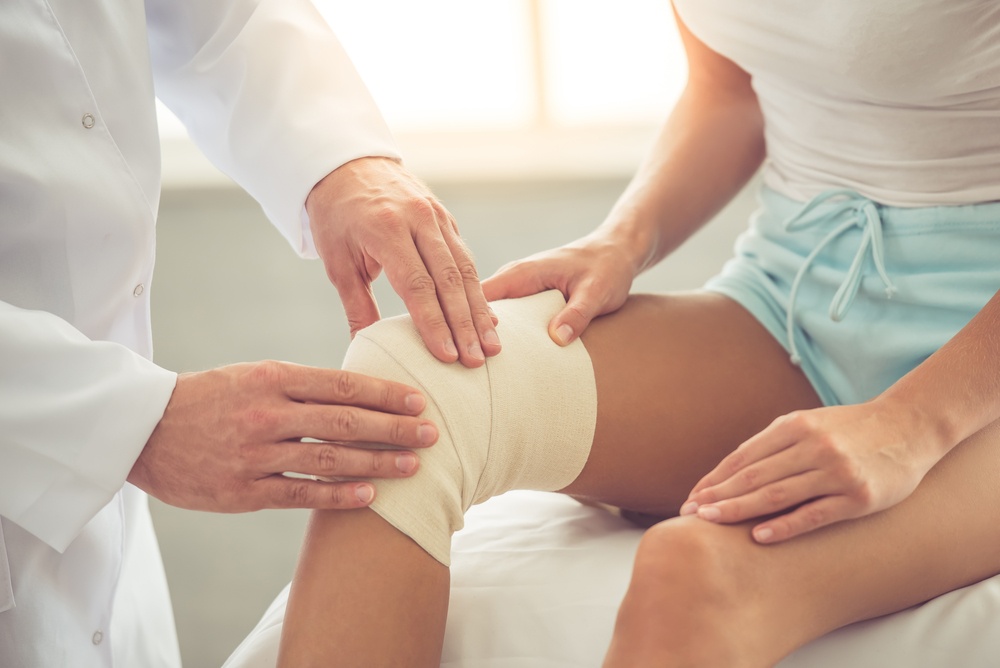A knee arthroscopy is a micro-invasive surgical procedure that can be used to treat many different conditions in the knee. The most common reason for a knee arthroscopy is to treat a torn meniscus. If your orthopedic surgeon recommends a knee arthroscopy for your torn meniscus, here are some things you should know before you undergo your procedure.
No Trauma, No Rush
If trauma or a twisting injury didn’t cause your meniscus to tear, it was most likely torn as a result of arthritis. Studies have shown that physical therapy is the first line of treatment for these degenerative tears, so if you have a meniscus tear without trauma, you can consider conservative treatment before a knee arthroscopy. A cortisone injection may be of help if symptoms don’t improve with physical therapy. If all conservative measures are exhausted and there is no improvement, a knee arthroscopy can be performed to alleviate the symptoms.
Some important things to consider:
- If your knee is buckling, giving way, locking, or you can’t straighten it, a knee arthroscopy is typically recommended immediately. These are called “mechanical symptoms,” and they’re often an indication for surgery.
- If your non-traumatic meniscus tear is at the meniscus root, then that may be a reason for surgery. Since studies have shown that unrepaired meniscus root tears may hasten the progression of arthritis, repairing it might be necessary to prevent arthritis from seriously advancing.
- Arthritis is a measure of your prognosis. If there’s very little arthritis in the knee, your prognosis will be good. If there’s extensive arthritis, your prognosis will be less favorable. In fact, a knee arthroscopy should be avoided if you suffer from advanced arthritis.
Get It While You’re Young
Many meniscus tears can be treated conservatively, but younger and more active people with traumatic meniscal tears often require a knee arthroscopy to alleviate their symptoms. The same is true for heavy laborers.
Some important things to remember:
- The younger the patient, the more important it is to repair the meniscus. We’re born with a set amount of cartilage to last throughout our lives. Since the meniscus is a type of cartilage that protects all the other cartilage in the knee it should be repaired in young people whenever possible. This is particularly important for those in their teens and twenties.
- Mechanical symptoms are indications of a need for knee arthroscopy. These include frequent buckling or locking of the knee and an inability to straighten it.
Related Injuries
A traumatic meniscus tear can result in other injuries to your knee. Concomitant injuries that may increase the need for surgery include an anterior cruciate ligament (ACL) tear or other ligament tears, an osteochondral defect (a crack in the cartilage that lines the bone), and loose bodies.
I hope this was of help when you are making your decision about a knee arthroscopy.




